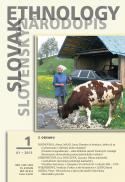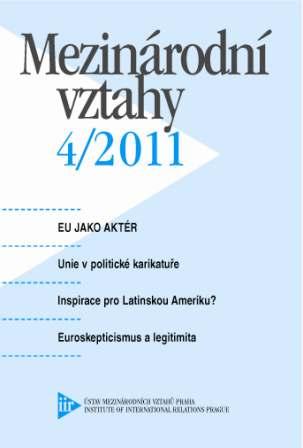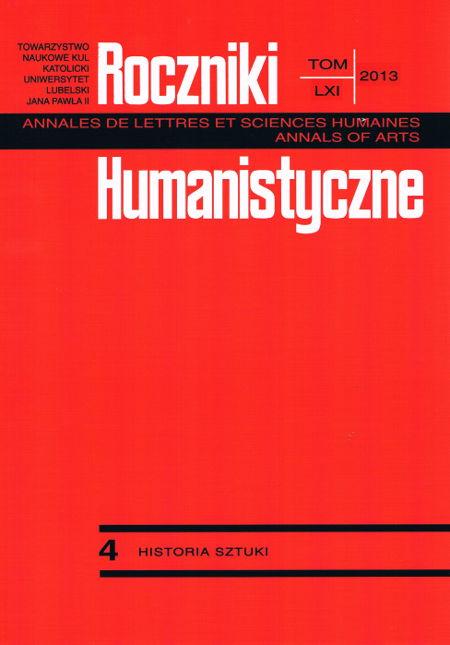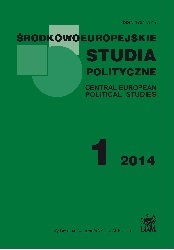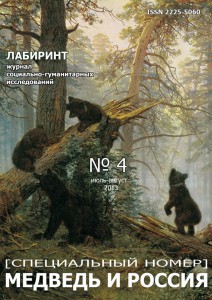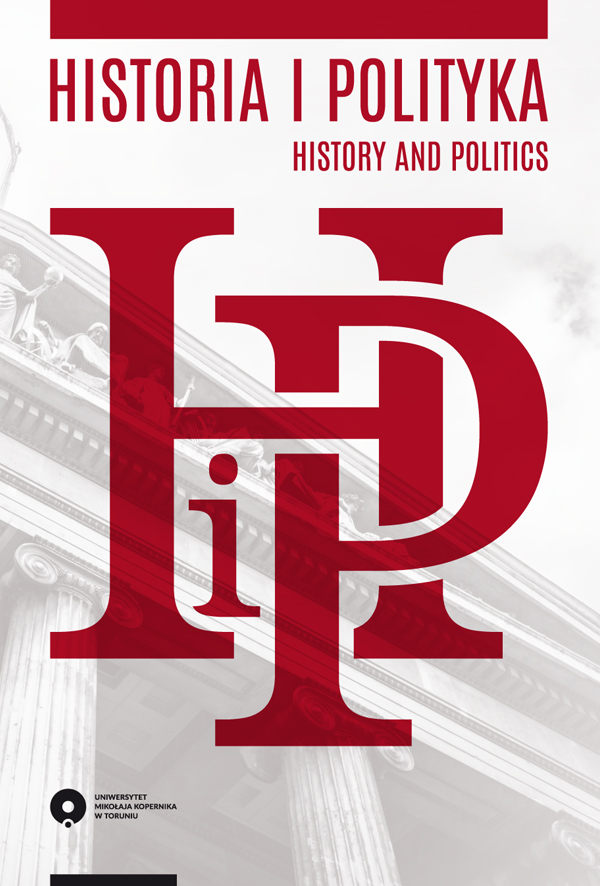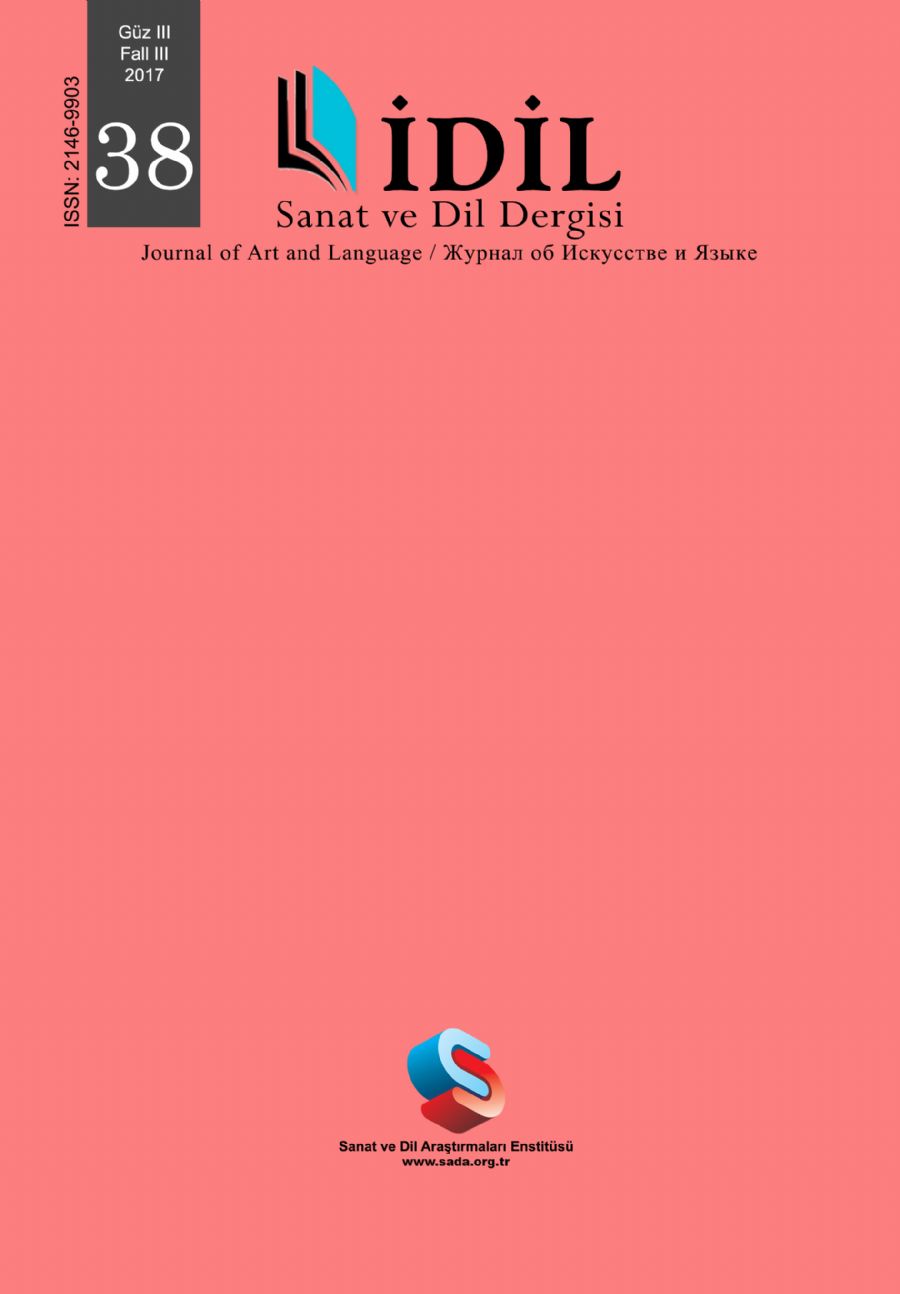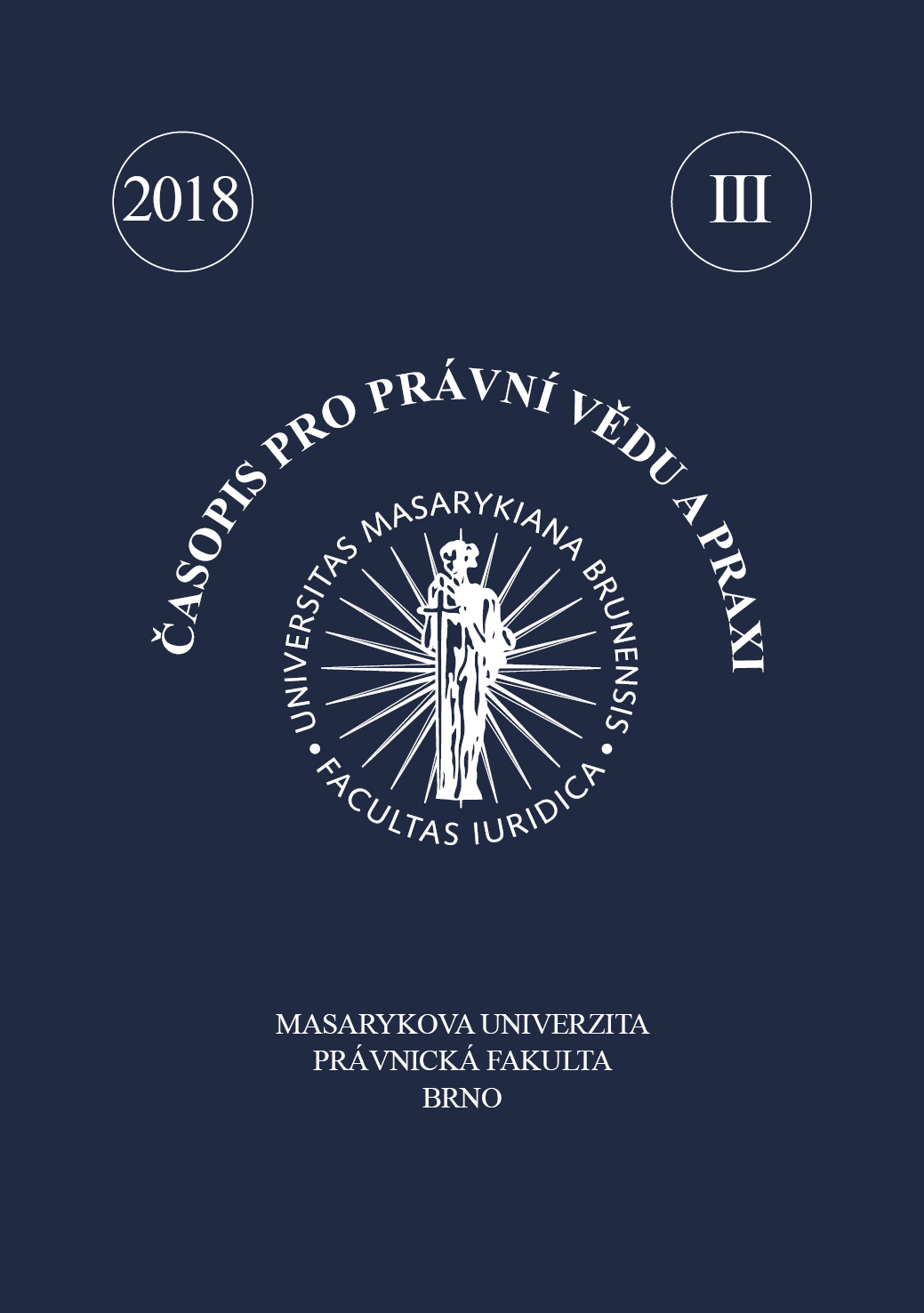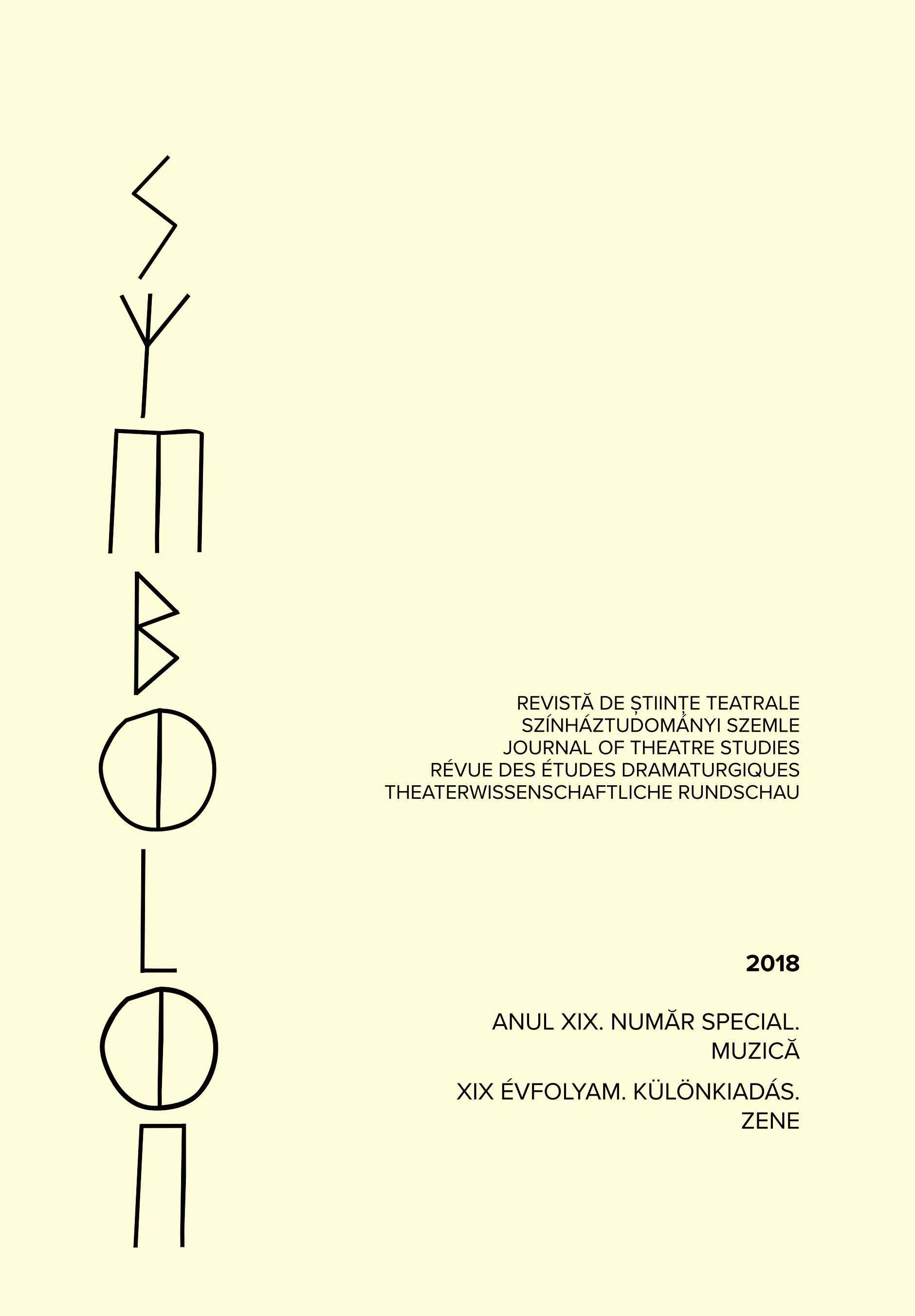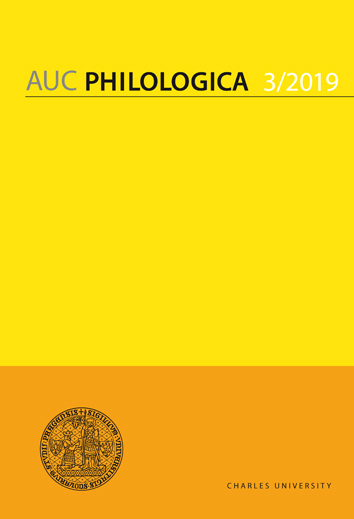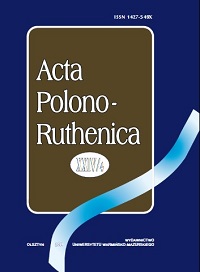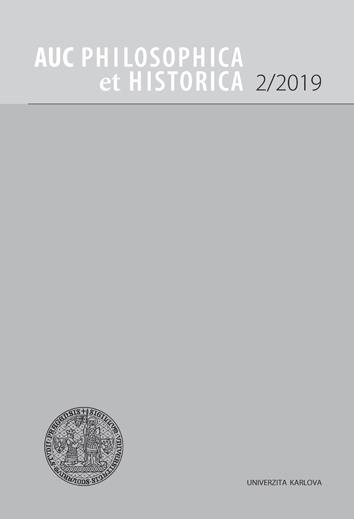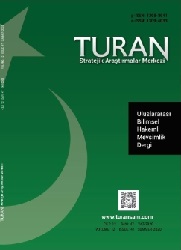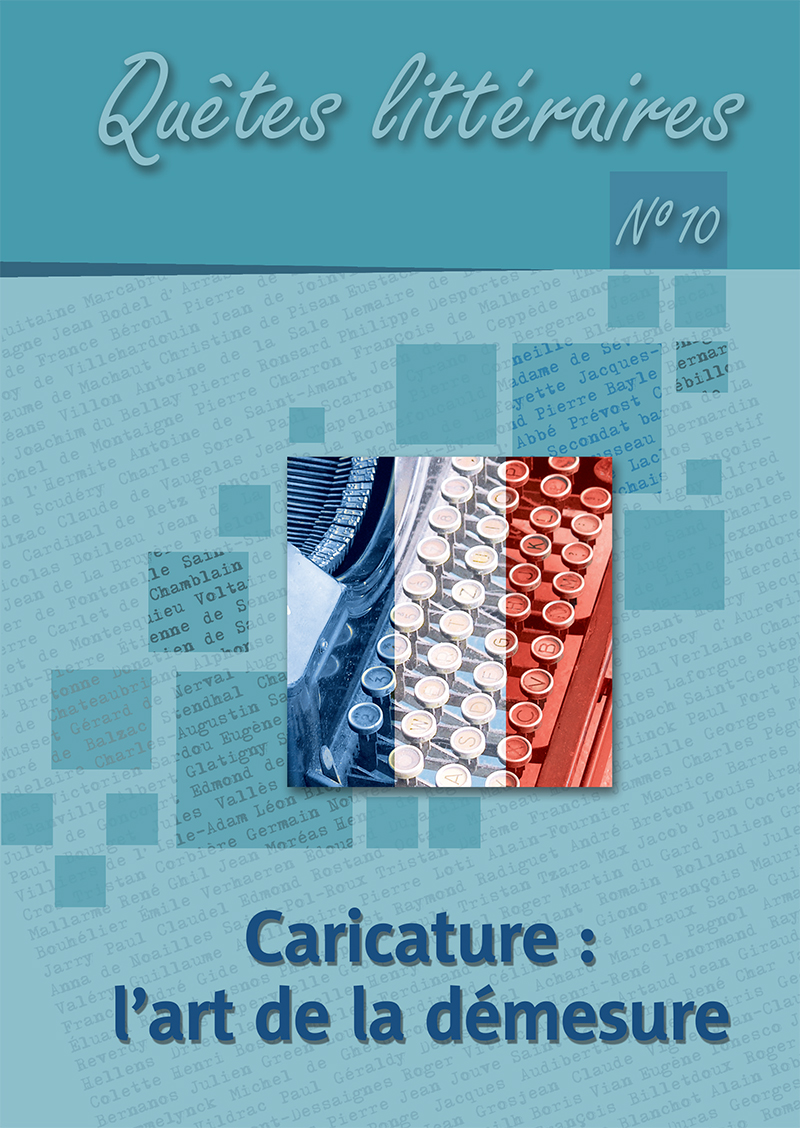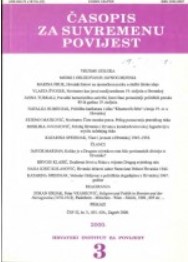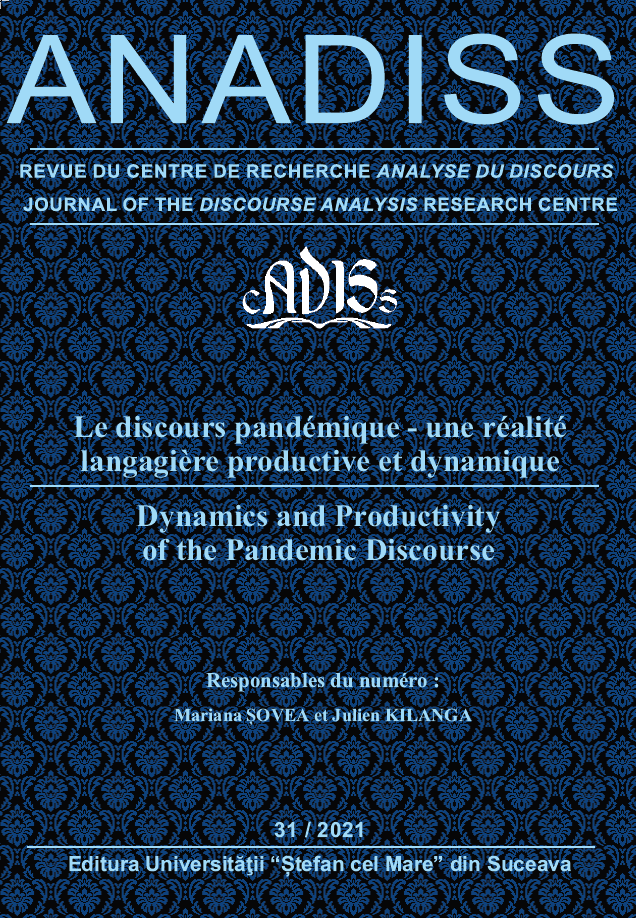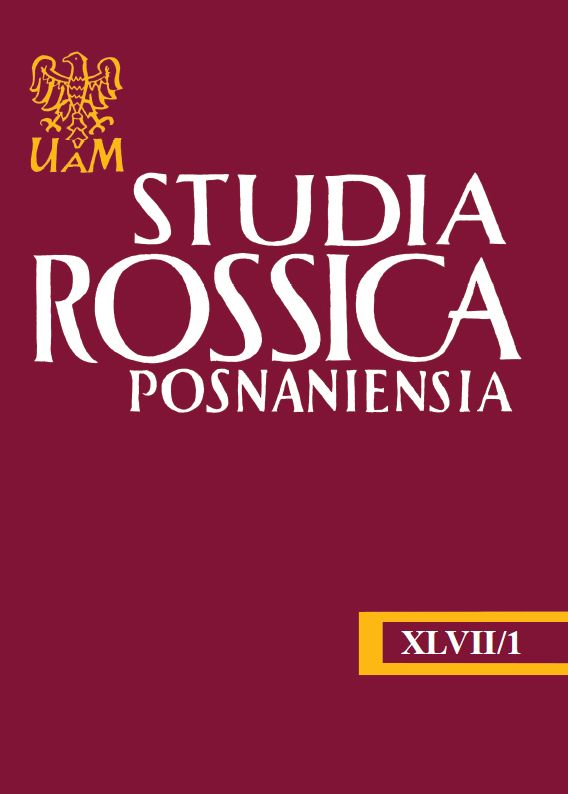The Parody, the Pastiche and the Caricature – the Three Satirical and Humoristic Freedoms of Expressions in the Transformation of an Original Work
Parodia, pastișa și caricatura – cele trei libertăți de expresie satirico-umoristice ale transformării unei opere originale
Keywords: copyright; parody; pastiche; caricature; exception
This article is a small radiography of the juridical regime of parody, pastiche or caricature as exceptions of copyright at the European level. Article 5, paragraph 3 letter k) from Directive 2001/29/CEE stipulates that „Member States may provide for exceptions or limitations to the rights provided for in Articles 2 and 3 in the following cases: ...(k) use for the purpose of caricature, parody or pastiche;... “. The transposition of this article is not a unitary into the national legislation of European Union Member States.
More...
